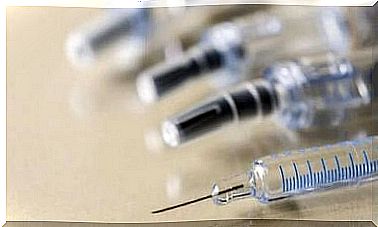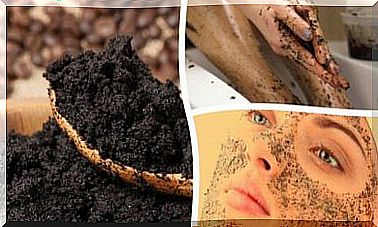What Are Phytochemicals?
In a varied and healthy diet, we can find a sufficient quantity of phytochemicals to bring their benefits to our health. Likewise, the combination of different phytochemicals in the same food enhances and enhances their effects.
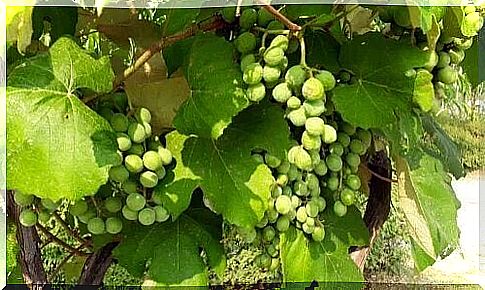
Phytochemicals are substances naturally present in foods of plant origin. Currently, much research is carried out on them for the benefits they bring to health, mainly their antioxidant power and their possible role in cancer prevention.
On the other hand, phytochemicals are not strictly speaking nutrients, so they have no energy or nutritional function. This is why foods containing phytochemicals are called functional foods, and they provide health benefits.
In a varied and healthy diet, we can find a sufficient amount of phytochemicals to bring their benefits to our health. Likewise, the combination of different phytochemicals in the same food enhances and enhances their effects.
Functions of phytochemicals and the benefits of consuming them
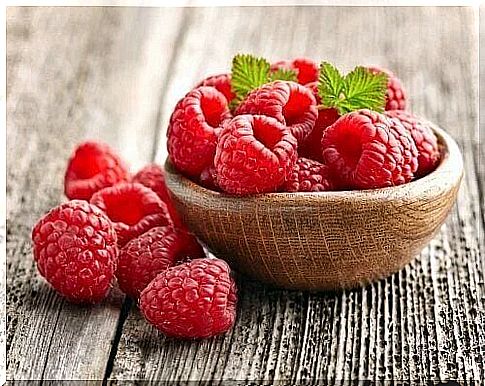
Phytochemicals are responsible for assigning color, smell and flavor to dishes. For example, carotenoids are building blocks of provitamin A, so they have similar functions to this vitamin.
Functions attributed to phytochemicals include the maintenance of correct vision, as well as the integrity of the bone and epithelial system. In addition, during breastfeeding, they stimulate milk production.
Several of the phytochemicals have an eminently antioxidant function. For this reason, they help reduce inflammation. In addition, they act as protectors against cardiovascular disease.
Another of the best known effects of phytochemicals is their possible relationship with the prevention of certain tumors or cancerous processes. This function is performed by converting potentially toxic or harmful substances into non-hazardous substances.
Certain compounds also help maintain the immune system. Therefore, we can say that there are many beneficial properties attributed to phytochemicals.
Characteristics of phytochemicals
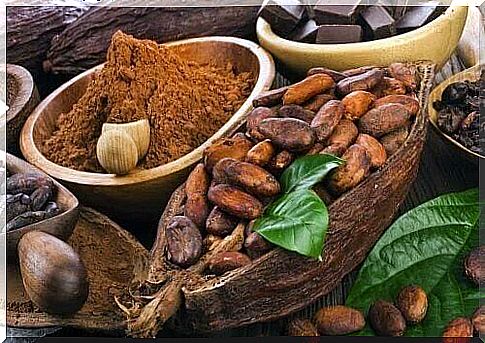
Phytochemicals are elements that exist only in the plant kingdom and are found in very small amounts. However, many of them have yet to be investigated.
However, phytochemicals are not nutrients. There are no diseases due to their absence, but they enhance the action of other nutrients.
In addition, they are not essential to our body like proteins, carbohydrates, fats, vitamins or minerals. Because they are antioxidants, they exert a preventive and curative action in the organism.
Types of phytochemicals
The most common classification of these compounds is based on their molecular structure, as well as their food sources:
1. Phenols
In turn, in the group of phenols we can make the following classification:
- Flavonoids : They are found in citrus fruits such as cherry, apple, grape, acerola, tea, onion, and pepper. The group of flavonoids includes, among others: anthocyanins, catechins, isoflavones, tannins, rutin, quercetin.
- Phenolic acids : phytic acid, gallic acid, chlorogenic acid and vanilla among others. Some of its most abundant sources are legumes, whole grains, tea, and artichokes.
- Non-flavonoid polyphenols : such as resveratrol or lignans found in red wine, flax seeds, whole grains, legumes, fruits and vegetables.
2. Terpenes
Terpenes are found divided into two groups:
- Carotenoids : such as lycopenes, alpha-carotene, lutein, beta-carotene, or capsaicin, found in carrots, squash, oranges, mangoes, spinach, tomatoes, watermelons , grapefruits, red peppers or papayas.
- Non-carotenoids : including phytosterols, saponins or limonoids. Vegetable oils like soybeans and fortified foods like cassava and quinoa are some examples of foods high in non-carotenoid phytochemicals.
3. Thiols
This group, also known as the group of sulfur components, indeed contains a tiny fraction of sulfur:
- Indoles : Foods like cabbage, Brussels sprouts, cauliflower, spinach, or broccoli are the highest in indoles.
- Glucosinolates : Food sources in this group are cruciferous, such as Brussels sprouts, red cabbage, broccoli, cauliflower, or radishes.
- Organosulfur compounds : found in garlic.
4. Tocopherols
This group of phytochemicals acts like vitamin E. Its main sources are vegetable oils, nuts, green leafy vegetables, and whole grains.
Conclusion
Some of these compounds are already synthesized by the pharmaceutical industry. However, these supplements do not replace the need for a diet rich in grains, fruits, vegetables and legumes. Remember to eat fruits and vegetables!

